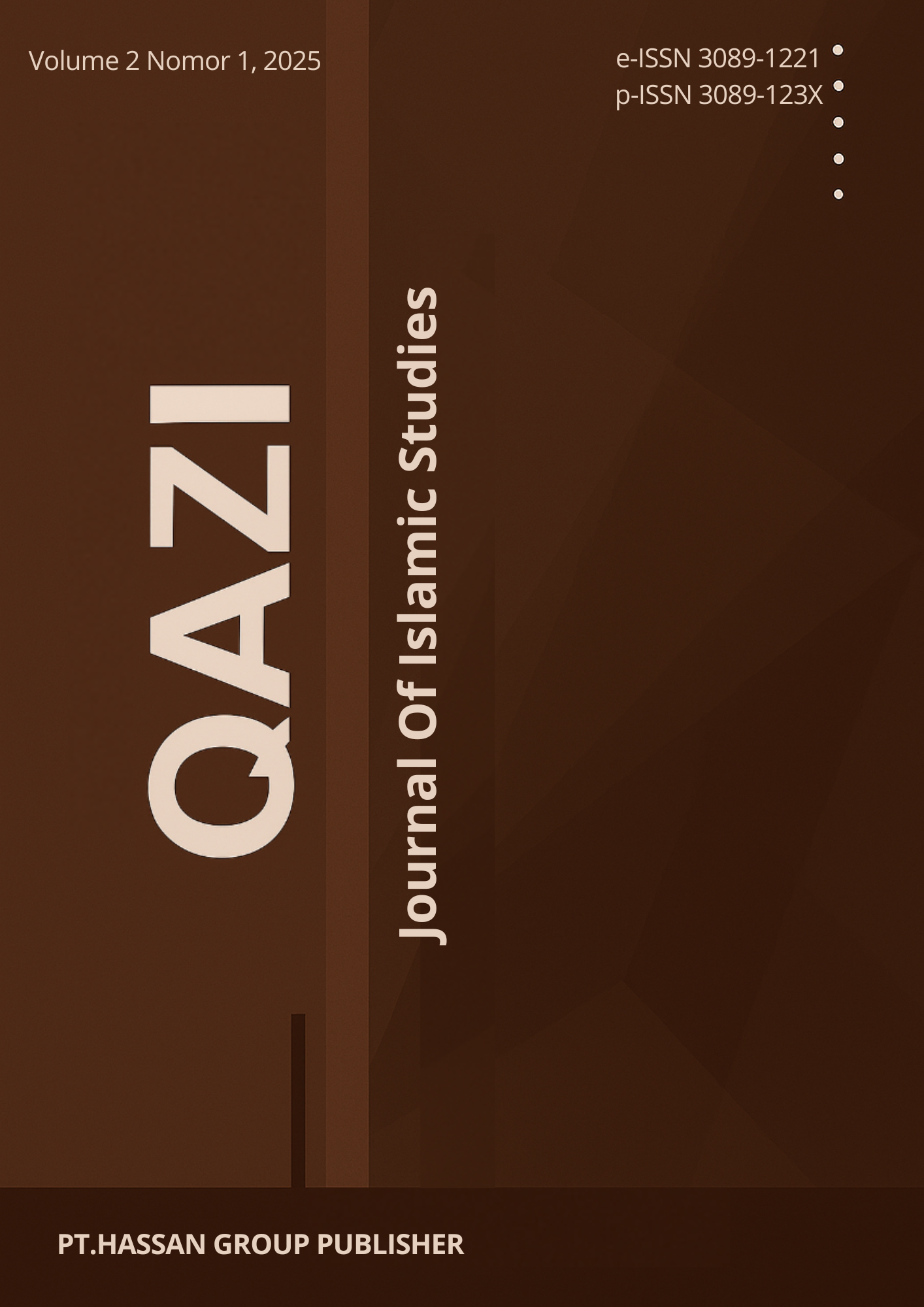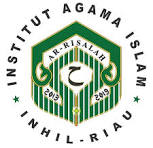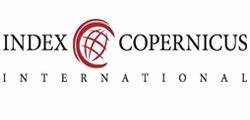Realities and Opportunities for Islamic Education Development in Viet Nam
DOI:
https://doi.org/10.61104/qz.v2i1.256Abstract
Islamic education in Vietnam exists in an informal and community-based system, primarily sustained by the Cham Muslim minority. Despite the absence of a formal educational infrastructure, this system plays a vital role in preserving religious identity and transmitting moral values. This study aims to analyze the current condition of Islamic education in Vietnam, identify existing challenges, and explore development opportunities that support sustainability and cultural relevance. A descriptive qualitative approach was employed, using literature reviews and document analysis to explore educational practices, institutional gaps, and policy dynamics that shape the Islamic education landscape in Vietnam. The findings show that Islamic education in Vietnam is adaptive and resilient but suffers from limitations in curriculum standardization, educator training, and formal recognition. However, digital technology, international partnerships, and emerging government support provide promising opportunities for its development. A multi-stakeholder and culturally grounded approach is needed to strengthen Islamic education in minority contexts. This study provides practical insights for policymakers and educators in designing inclusive and sustainable educational strategies for Muslim communities in non-Muslim-majority countries
References
Ahmad, K. (2020). The role of Islamic education in minority Muslim communities. Journal of Islamic Studies and Culture, 8(2), 34–45. https://doi.org/10.11634/123456789
Allport, G. W. (1954). The nature of prejudice. Addison-Wesley.
Badan Tôn giáo Chính phủ Việt Nam. (2022). Báo cáo tình hình hoạt động tôn giáo tại Việt Nam. Hà Nội: Nhà Xuất bản Chính trị Quốc gia.
Castells, M. (2010). The rise of the network society (2nd ed.). Wiley-Blackwell.
Farid, M. (2018). Pendidikan Islam dalam konteks multikultural di wilayah minoritas Muslim. Jurnal Pendidikan Agama Islam, 6(1), 15–26. https://doi.org/10.1234/jpai.v6i1.109
Giddens, A. (1991). Modernity and self-identity: Self and society in the late modern age. Stanford University Press.
Gillespie, P., & Fealy, G. (2013). Muslim minorities in Southeast Asia: Local responses to global challenges. ISEAS Publishing.
Ma’arif Institute. (2019). Pendidikan Islam dan tantangan globalisasi: Studi kasus di komunitas Muslim ASEAN. Ma’arif Press.
Nguyễn Văn Trung. (2017). Tôn giáo và đời sống văn hóa người Chăm tại Việt Nam. NXB Khoa học Xã hội.
Osborne, S. P. (Ed.). (2006). The new public governance?. Routledge.
Rahman, F. (2009). Islam and modernity: Transformation of an intellectual tradition. University of Chicago Press.
UNESCO Vietnam. (2021). Education and religious diversity in Vietnam. https://unesco.org.vn/religion-education-vn
Vygotsky, L. S. (1978). Mind in society: The development of higher psychological processes. Harvard University Press.
Downloads
Published
How to Cite
Issue
Section
License
Copyright (c) 2025 Cham Is Na Uy, Gusmaneli

This work is licensed under a Creative Commons Attribution-ShareAlike 4.0 International License.










 This work is licensed under a
This work is licensed under a 